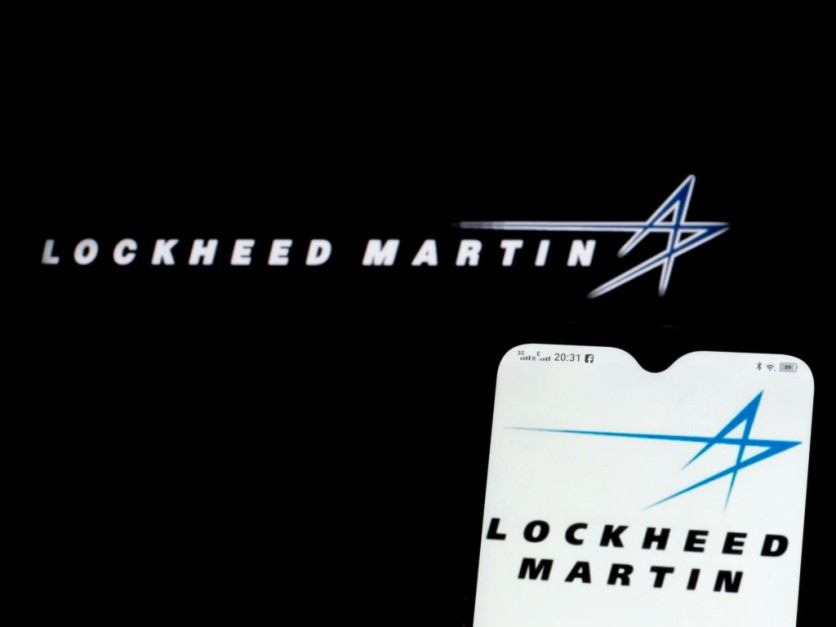
NASA is gearing up Lockheed Martin spacecraft to go on a mission to Jupiter as scientists believe that the Trojan Asteroids are the secret towards discovering the creation of the solar system.
Lockheed Martin Jupiter Mission
The engineers of Lockheed Martin have finished building the spacecraft. Also known as Lucy, the spacecraft is currently at the NASA campus in Littleton.
The process of its launch will start this August, and during its first opportunity to launch, the window will stay open for three weeks. The journey is said to last 12 years, according to 9News.
The asteroids orbit Jupiter and the gravity-pull of the planet have shielded them from the environment of space.
Also Read : Lockheed Martin Unveils New Lunar Lander Concept
According to Rich Lipe, the manager for the project, the possibility of the asteroids being in Jupiter's orbit the whole time gave scientists the idea that it could be the key to unveil space's deepest secrets.
Lipe said that asteroids are known as the oldest objects in the solar system, with most of them being almost five billion years old. They are also called the fossils of the solar system.
Lipe added that just as fossils led to a lot of discovery here on Earth, they believe that the Trojan Asteroids will help them discover how the solar system was created and formed billions of years ago.
Lucy's Long Journey
Lucy's course will be one of the most complicated in the history of space missions as it will need three loops around the Earth, using the planet's gravity as propulsion, and it will visit eight destinations.
After its launch, Lucy will loop out into space and then bounce back toward Earth for its first fly-by. This is expected to happen around October 2022. The gravity will help propel the spacecraft out farther for another loop, according to Denver Gazette.
The second loop is expected to last longer. Lucy will make its second fly-by in December 2024. The gravity from the second loop will help the spacecraft its much-needed momentum to make its first stage of the mission.
Lucy is expected to encounter its first asteroid in 2025, but it won't be one of the Trojan Asteroids just yet. It will be an asteroid named Donaldjohansen, which is the main asteroid belt.
The belt was named after Donald Johansen, one of the archaeologists that discovered the Lucy skeleton in 1974.
Lucy's first encounter with one of the Trojan Asteroids near Jupiter will be in 2027 when the spacecraft makes it to Eurybates and its satellite Queta.
The spacecraft will then visit three more Trojan Asteroids over the next 15 months before it bounces back to Earth's orbit to get gravity assistance in 2030.
The momentum will then carry Lucy to the last five asteroids with binary pair Menoetius and Patroclus. The whole Jupiter mission is predicted to end in 2033, according to Simply Wall St.
Lipe stated that Lucy would not return to Earth even after the mission ends. It will remain in the final orbit that could last for millions of years. That is the reason why the team decided to put recordings and messages from Earth on its payload.
Related Article: Coronavirus Hampers The Delivery Of Lockheed Martin F-35 Stealth Fighters For 2020
This article is owned by Tech Times
Written by Sophie Webster
ⓒ 2025 TECHTIMES.com All rights reserved. Do not reproduce without permission.




